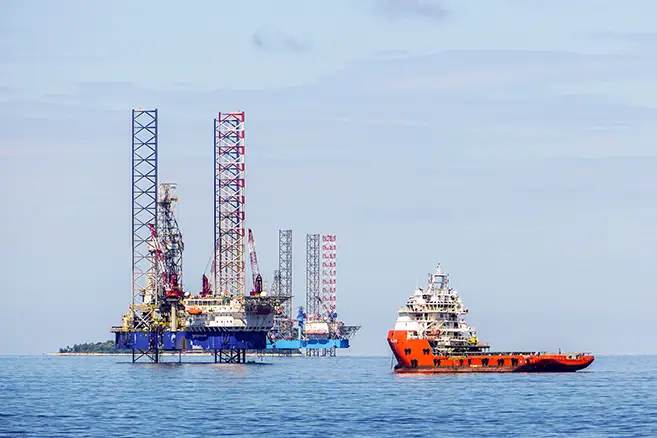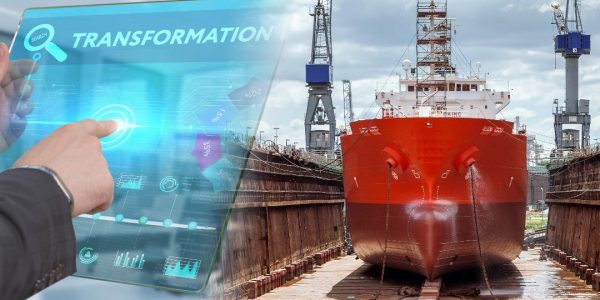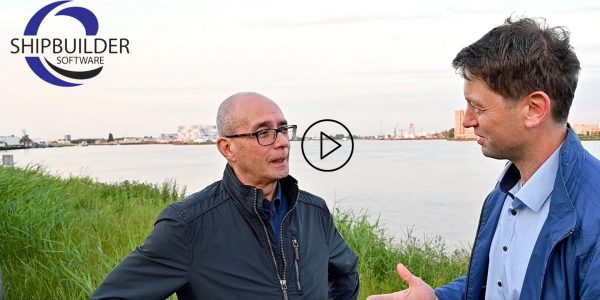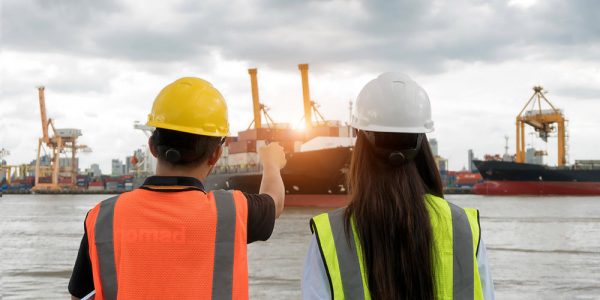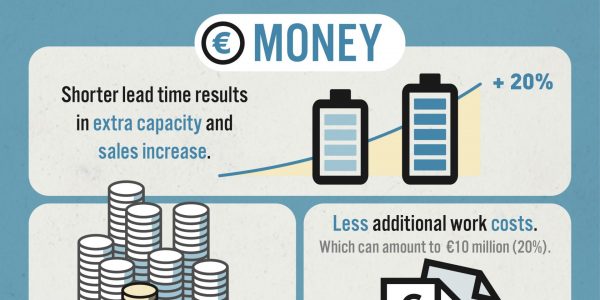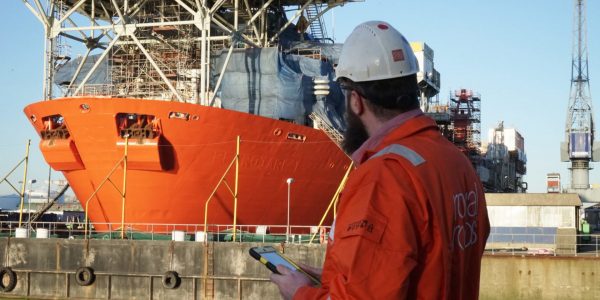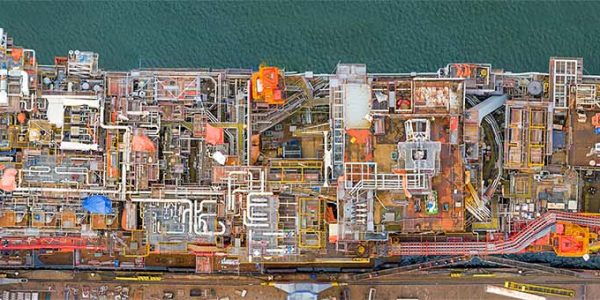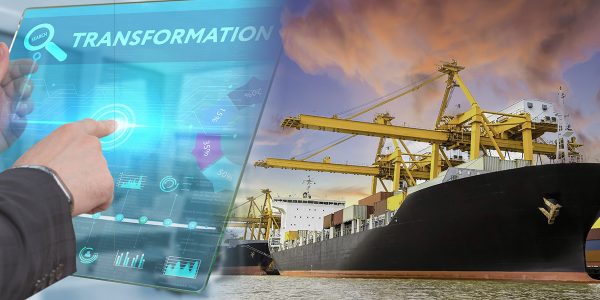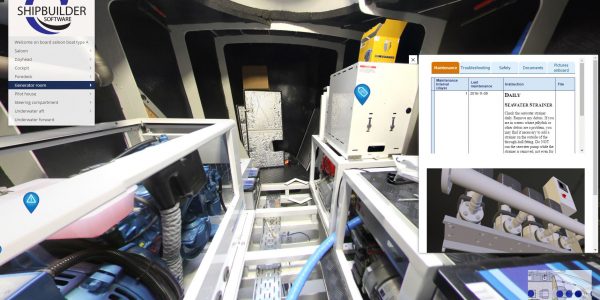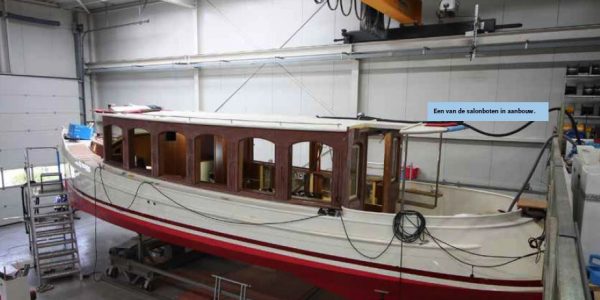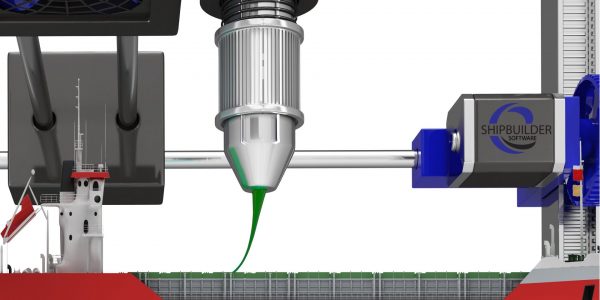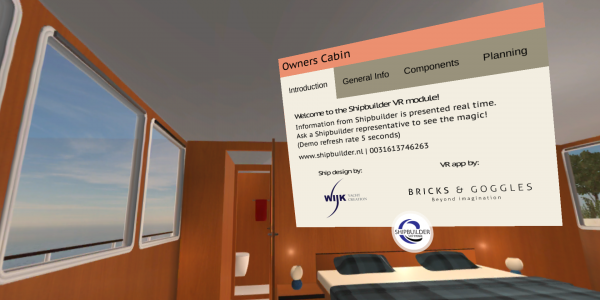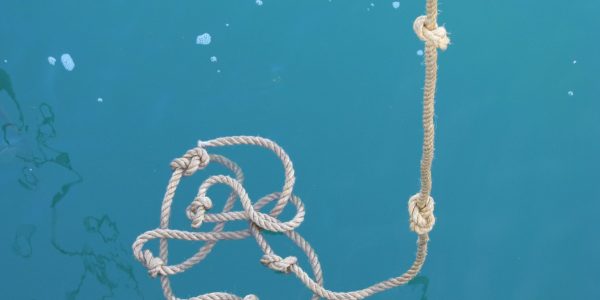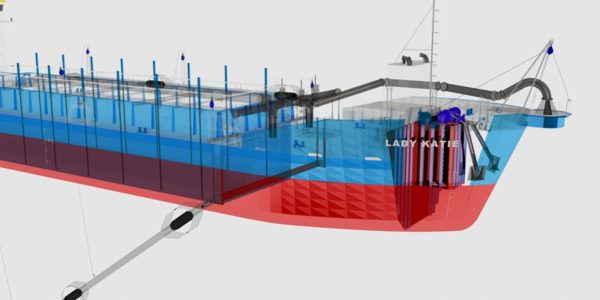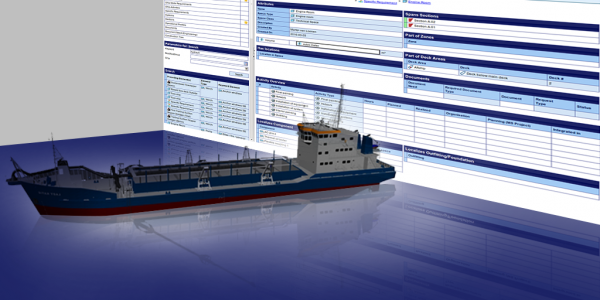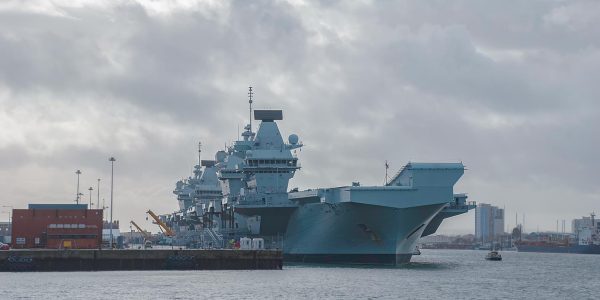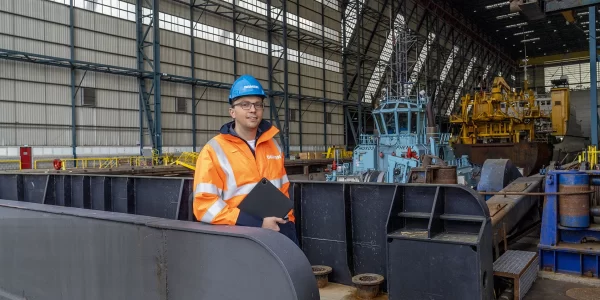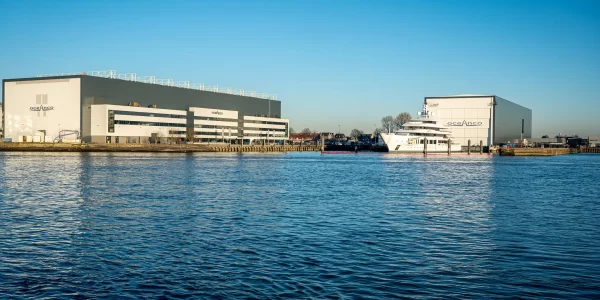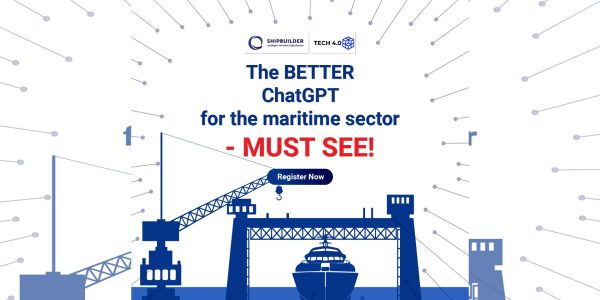If there is anything that offshore ships, e.g. for the oil and gas industry have in common, it is the complexity. Think about an offshore support vessel, a platform supply vessel and a rig support vessel – all complex ships and often one offs. Building on the knowledge of previous ships is not always possible, simply because new innovations need to be developed. Geert Schouten, director of Shipbuilder: ‘The risks of new construction projects for these types of ships are huge as they involve many hundreds of millions. At the same time, I still see far too much hand work in these kinds of projects, like entering and managing requirements in Excel files, which implies enormous risks and additional work that can be avoided.’ In this article we will delve deeper into the question of how risks during the construction of offshore ships for the oil & gas industry can be reduced.
Ships for oil and gas industry: Astronomical amounts of data
Let’s first look at the amount of data that is required to build a complex ship: the amount of data circulating at shipyards before and during construction is huge. Geert explains: ‘Take a pipelayer, for example, a common ship in the oil and gas industry. Due to the complexity of a pipelayer, the documentation during construction consists of tens of thousands of documents and some of them easily contain 1,000 pages, including requirements and IO listings. In turn, these documents also refer to documents containing rules & regulations, standards and drawings. And speaking of the latter, a shipbuilding project like this easily has 15,000 drawings. Adding that up, such a complex project consists of 630 million data elements. Who will monitor this? Let me be clear: nobody can. It is naive to think that people will read all those pages without running a single risk. You need other solutions for such a project to be successful.’
Shipbuilding: risks in texts of offshore ships for the oil and gas industry
Keeping an overview is not the only challenge, according to Geert: ‘Also think about a consistent provision of information. I take drawing up a set of requirements of a pipework, as an example. I regularly come across a requirement in the oil and gas sector such as: pipes should preferably be bent instead of using set-up bends. My first question is: what does ‘preferably’ mean? Does it have to do with a specific situation? And what kind of set-up bends are we exactly talking about if they are used anyway? I could go on and on, and my list with questions would become infinite. In the end it may lead to a lot of problems, because a set of requirements of a pipework is only a small part of the total set of requirements of an offshore vessel. All inconsistencies in the documentation together can therefore result in avoidable failure costs, and may be decisive whether a ship can be delivered successfully and without additional work.’
It is naive to think that people will read all those pages without running a single risk. You need other solutions for such a project to be successful.’
Oil companies can take a leaf out of the Dutch navy book
In this article we are looking for an answer to the question of how risks in the oil & gas industry can be avoided. What is the solution? Geert: ‘Oil companies can take a leaf out of the Dutch navy book. Naval vessels are extremely complex ships and due to the high costs, the risks are huge. And it is exactly these risks that the Dutch navy now has a grip on through innovative digitalization processes. With our shipbuilding software Shipbuilder, all data elements are linked. Inconsistencies are filtered and must be adjusted. This requires efforts at the front end and during construction which will largely pay off because the risks are immediately identified and can be eliminated at the front end. In my opinion, oil companies should immediately embrace such systems. What’s more, the use of digitalization enables them to work faster and develop more innovations. You can start simple by making document management and approval processes, data-driven. That alone provides huge benefits compared to using solutions such as Sharepoint or Excel.
Digitalization: 30% fewer risks & more innovations
So, inconsistencies can be avoided with the correct use of digitalization. From customer experience we know that this can easily decrease by 30 percent. But that’s not all. Geert: ‘I like to maritime dsuse our customer Ulstein as an example. Because they have their information in Shipbuilder as knowledge, they don’t need to reinvent the wheel with every project. For example, they can draw up technical specifications in a few days, whereas this used to take weeks. Data is knowledge and making it centrally available for reuse saves a lot of time. At the same time, consistency increases to 100%. We also see that our users reduce the time to find the right information by 80 percent. The advantage is obvious. There is now time left to work on real innovations. So, there is good news for the oil and gas industry: companies that implement digitalization well, avoid risks and are more innovative at the same time.’
Also Published on:
